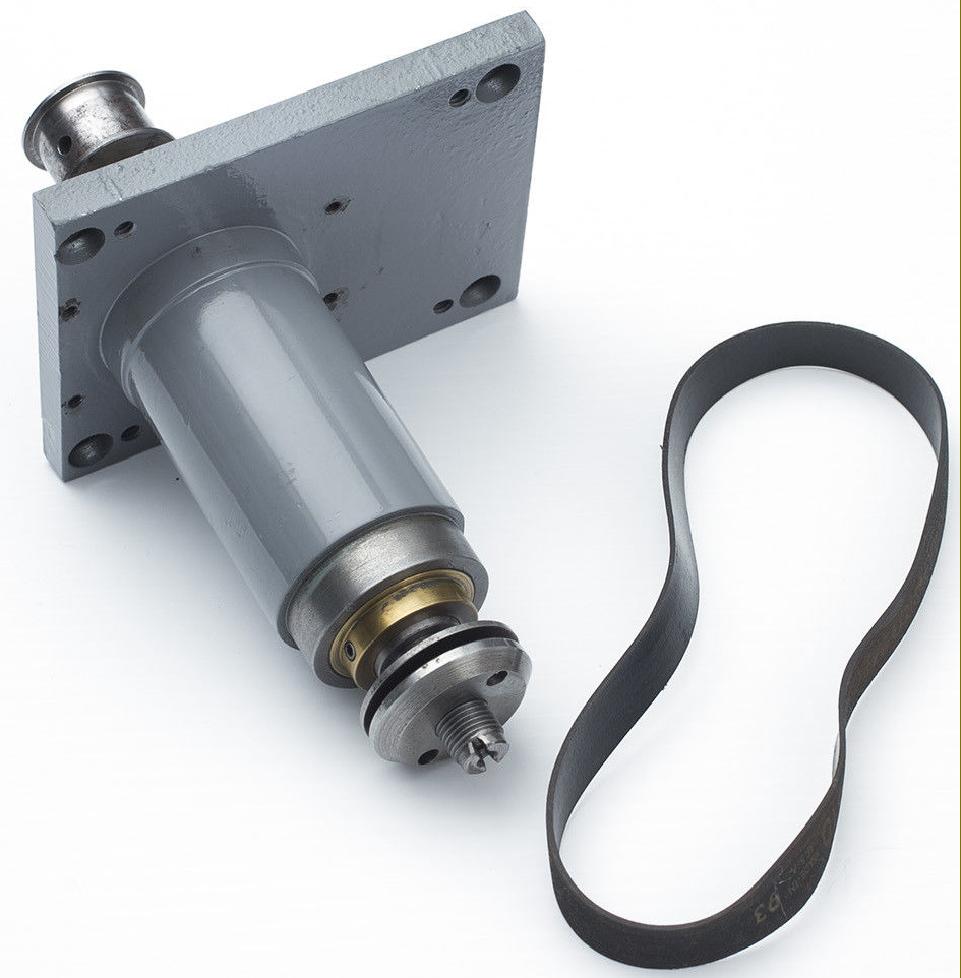- Joined
- Jul 2, 2014
- Messages
- 7,594
That sounds correct. Usually there is also a washer with two notches in it underneath the flange nut to help keep the flange nut from loosening. That is on my standard sized 6x18 grinder. I do not consider the washers optional. Mine are like the 200 series on this page:I don't have anything like that now.
I have a wheel flange that goes onto the spindle, then the wheel is kept on with a left handed lock nut/flange. Mines a small grinder so it must be different than the normal sized ones.
http://www.wmsopko.com/sopko_04_to_30_51_53.htm
Anyone with a surface or tool grinder should know about this site, look around there: http://www.wmsopko.com/


